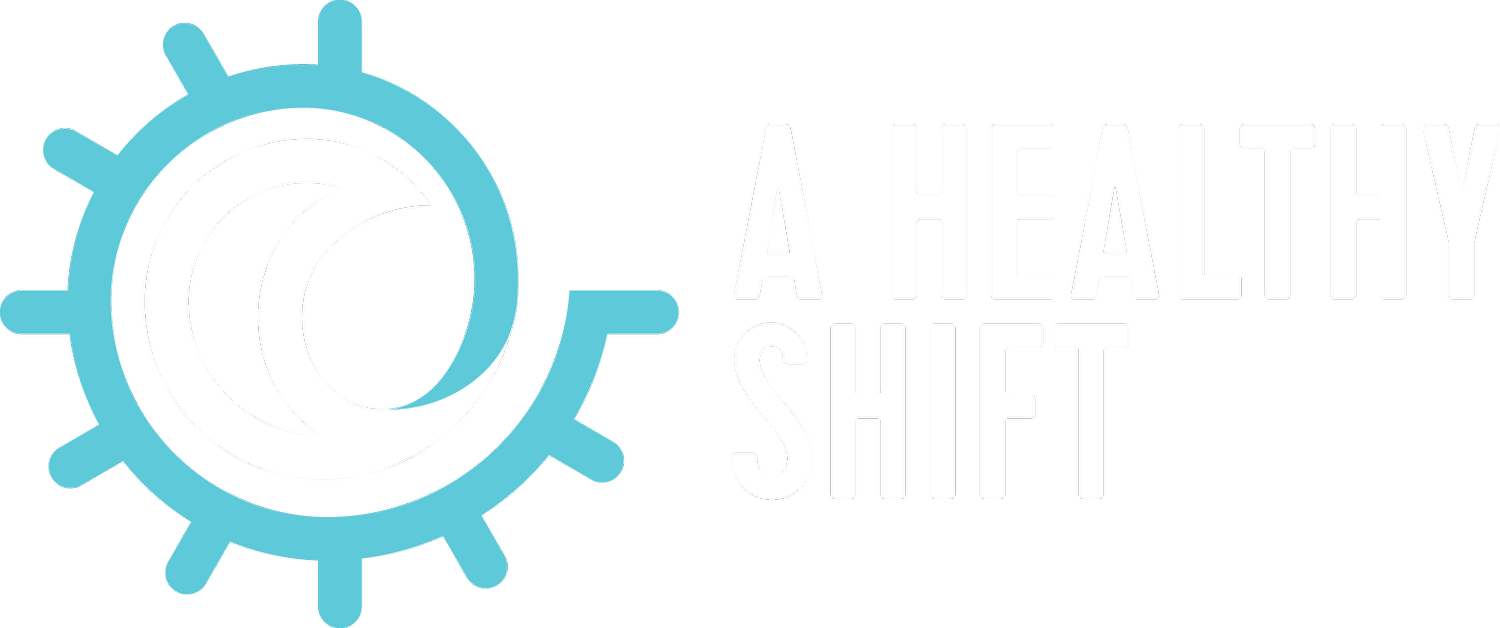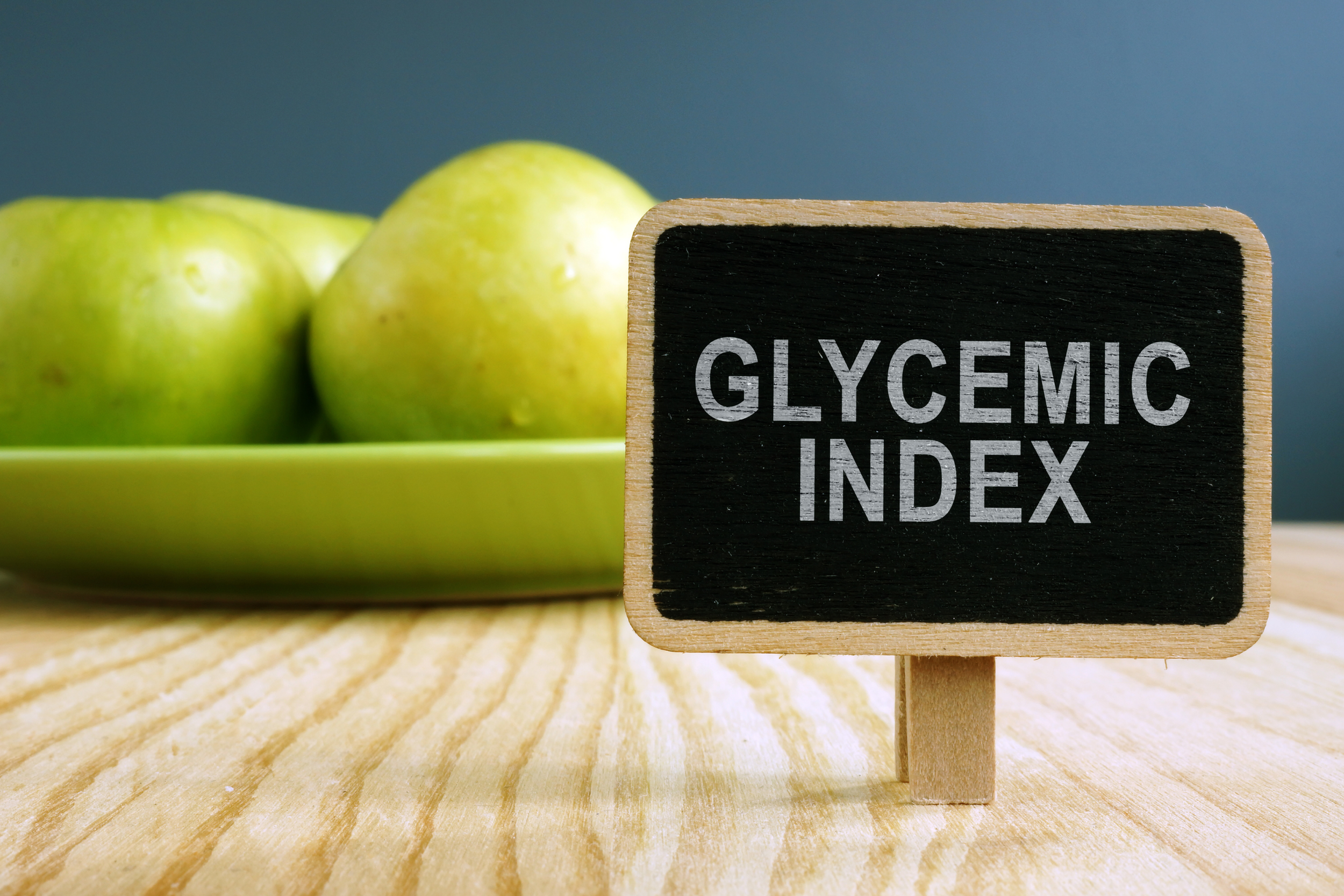The Benefits of Low GI Foods for Shift Workers on Night Shift
For shift workers, particularly those working the night shift, managing blood sugar levels can be a challenge. The irregular hours disrupted circadian rhythms, and fatigue often lead to unhealthy eating habits, including cravings for quick, energy-dense foods that provide instant gratification. Unfortunately, many of these foods are high on the glycemic index (GI), which can negatively impact blood sugar regulation, fat storage, and long-term metabolic health. In this blog, we will explore the benefits of low GI foods for shift workers, highlight the differences between high and low GI foods, and provide practical strategies for making healthier choices during night shifts.
What is the Glycemic Index (GI)?
The Glycemic Index is a scale that ranks carbohydrate-containing foods based on how quickly they raise blood sugar levels. Foods are scored on a scale of 0 to 100, with pure glucose being 100. The higher the GI, the faster the food causes a spike in blood glucose levels.
High GI Foods (70 and above): These foods are rapidly digested and absorbed, leading to quick spikes in blood sugar levels. They can cause energy crashes and trigger fat storage if consumed frequently, especially during times when the body is least active, such as overnight. Common high GI foods include white bread, sugary snacks, chips, and many processed foods.
Low GI Foods (55 or below): These foods are digested more slowly, leading to a gradual release of glucose into the bloodstream. This helps maintain more stable blood sugar levels and provides longer-lasting energy. Low GI foods include whole grains, legumes, vegetables, and some fruits.
High GI Foods and Their Impact on Shift Workers
Working the night shift often means eating during hours when your body is not primed for digestion or metabolic activity. When we eat during the night, our digestive processes slow down, and insulin sensitivity decreases due to the misalignment of our circadian rhythm. This can have significant effects on how the body processes food, particularly high GI foods.
1. Blood Sugar Spikes and Crashes:
High GI foods cause a rapid surge in blood glucose levels, providing a temporary energy boost. However, this spike is quickly followed by a sharp drop in blood sugar, often leaving you feeling fatigued, irritable, and craving more sugar or carbohydrates. This creates a vicious cycle, where you constantly seek out quick energy fixes, further disrupting blood sugar control.
2. Increased Fat Storage:
Eating high GI foods, especially during the night, can promote fat storage. When blood sugar spikes, the body releases insulin to help shuttle glucose into the cells. However, during periods of low activity, such as the night shift, the excess glucose that isn’t used for energy is more likely to be stored as fat. The body's reduced insulin sensitivity during this time exacerbates this issue, making shift workers more vulnerable to weight gain and metabolic issues.
3. Metabolic Disruption:
Consistently eating high GI foods on the night shift can lead to more significant metabolic disruptions over time. Studies show that shift workers are at a higher risk for insulin resistance, type 2 diabetes, and metabolic syndrome, partly due to their disrupted eating patterns and reliance on quick, high-energy foods. By choosing high GI foods regularly, shift workers may inadvertently worsen their metabolic health.
The Benefits of Low GI Foods for Night Shift Workers
Incorporating low GI foods into your night shift meals and snacks can help counter these negative effects by promoting better blood sugar control, reducing fat storage, and supporting overall metabolic health. Here’s why low GI foods should be a staple for shift workers:
1. Stable Energy Levels:
Low GI foods provide a slow and steady release of glucose, which helps keep energy levels more consistent throughout the night. Instead of the rapid energy spikes and crashes caused by high GI foods, low GI options can sustain your energy, keeping you alert and focused without the need for frequent snacking.
2. Improved Blood Sugar Regulation:
Since low GI foods do not cause sharp increases in blood glucose, they help prevent the dramatic swings in blood sugar that can lead to insulin resistance over time. This is particularly important for shift workers, who already face an increased risk of developing insulin resistance due to circadian misalignment and irregular eating patterns.
3. Reduced Fat Storage:
By maintaining more stable blood sugar levels, low GI foods help minimise the release of excess insulin, which can promote fat storage. This is especially crucial during the night, when the body is less efficient at processing glucose. Low GI foods help the body manage glucose more effectively, reducing the risk of fat accumulation and weight gain.
4. Prevention of Metabolic Issues:
By incorporating more low GI foods into your diet, you can help prevent long-term metabolic problems such as type 2 diabetes, cardiovascular disease, and metabolic syndrome. Stabilising blood sugar and improving insulin sensitivity through diet is one of the most effective strategies for mitigating the risks associated with shift work.
Practical Low GI Food Suggestions for Night Shift Workers
To help regulate blood sugar and support metabolic health during night shifts, consider incorporating the following low GI foods into your meals and snacks:
Whole Grains: Brown rice, quinoa, barley, and oats are excellent sources of low GI carbohydrates that provide sustained energy without causing blood sugar spikes.
Legumes: Beans, lentils, and chickpeas are packed with fibre and protein, making them great for stabilising blood sugar and keeping you full longer.
Non-Starchy Vegetables: Vegetables like spinach, broccoli, and cauliflower are low in carbohydrates and have a minimal impact on blood sugar. They’re also rich in fiber, vitamins, and minerals to support overall health and satiety.
Fruits: While some fruits are higher on the GI scale, many fruits like apples, pears, berries, and cherries are low GI and provide a refreshing and nutritious option for snacks.
Nuts and Seeds: Almonds, walnuts, chia seeds, and flaxseeds are excellent low GI options that also provide healthy fats and protein, helping to stabilise blood sugar and keep you satisfied during your shift.
Dairy Alternatives: Unsweetened almond milk, Greek yogurt, and cheese (in moderation) are good sources of low GI dairy and dairy alternatives. Greek yogurt in particular is high in protein, which helps control blood sugar.
Lean Proteins: Including lean proteins like chicken, turkey, tofu, and fish in your meals can further stabilise blood sugar by slowing down the digestion of carbohydrates.
Final Thoughts
As a shift worker, you face unique challenges when it comes to maintaining stable blood sugar levels, especially during the night shift. By prioritising low GI foods, you can avoid the pitfalls of high GI, highly palatable foods that lead to blood sugar spikes, fat storage, and metabolic disruptions. Instead, low GI foods offer a sustainable energy source that supports your long-term health and performance on the job. Incorporate these foods into your night shift routine, and you’ll notice improved energy, better focus, and enhanced metabolic health.
By making thoughtful dietary choices, you can thrive on the night shift, not just survive it!
If you would like to learn more about The Glycemic Index and everything to do with low GI foods and recipes, I would highly recommend a visit to the Glycemic Index Foundation website which has numerous fantastic resources.
About Roger Sutherland
As a coach and advocate for shift workers, my goal is to provide practical, evidence-based strategies that empower individuals to thrive in their roles. By understanding and addressing the challenges of shift work sleep disorder, shift workers can achieve better health outcomes and lead more fulfilling lives both on and off the job.
Note:
I also run Nutrition, Health & Wellbeing Seminars for shift working environments.






